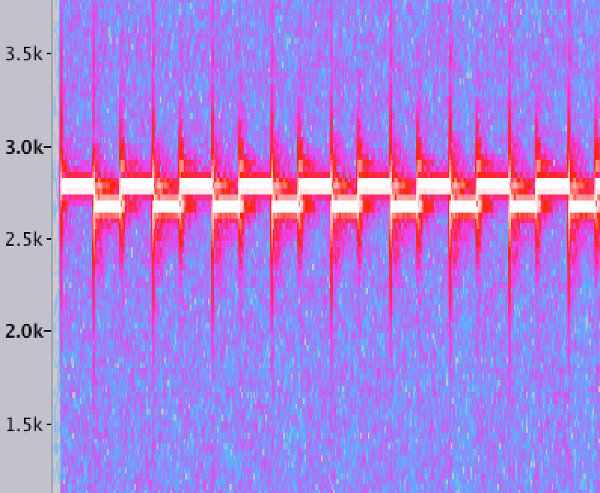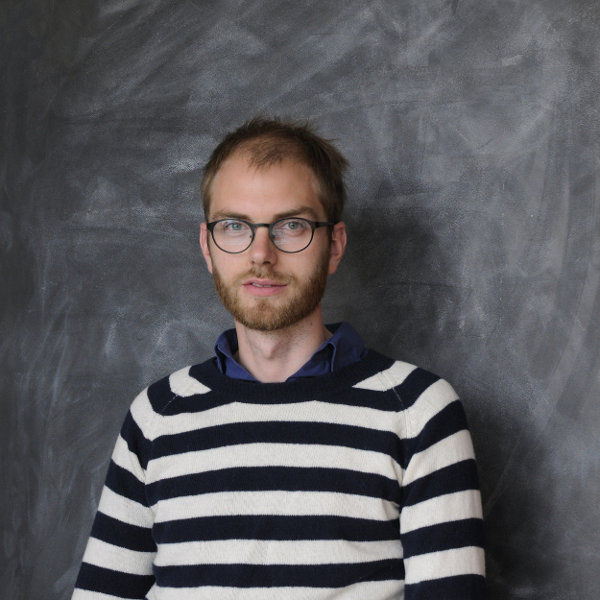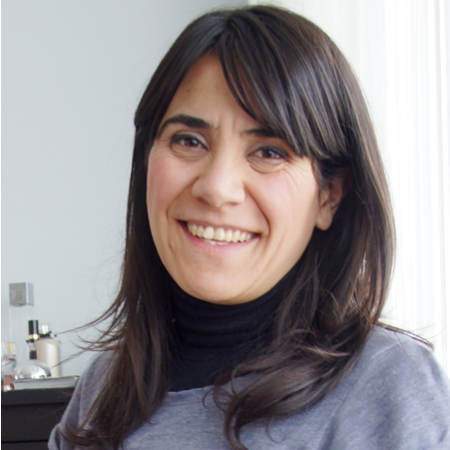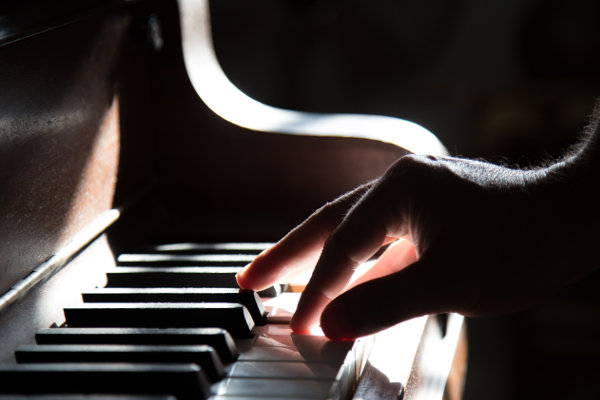







For the occasion of Joseph J. Schlesingers visiting talk as part of the CogNovo research seminar, Michael Sonne Kristensen organised a small symposium on the topic of alarms on 11/10. In addition there will be a social event with musical improvisation on 12/10.
| Time | Topic | Speakers |
|---|---|---|
| 9.00 | Coffee & Tea | |
| 9.10-9.55 | Into the alarm philosopher’s gaze: Why alarm designers should read Foucault | Michael Sonne Kristensen |
| 10.05-10.50 | Clinical audible alarms via middleware | Judy Edworthy |
| 11.00-11.45 | The machine that goes ping! – Designing experiences with auditory displays in medical and non-medical contexts | Elif Özcan |
| 12.00 | Break | |
| 12.30-13.30 | Psychoacoustics in the hospital – Why all clinicians should study music | Joseph J. Schlesinger, MD |
| Time | Topic | Speakers |
|---|---|---|
| 2.00 | Interactive Jazz Session (in Rolle Building) | Joseph J. Schlesinger, MD |
Michael Sonne Kristensen, CogNovo, Plymouth University
Location: CogNovo Seminar Space in Link 3rd floor
The purpose of this talk is to demonstrate how Michel Foucault’s book The Birth of the Clinic (1963) can inform a rethinking of the dominant alarm design discourse that has shaped contemporary alarm philosophies.
Alarm related problems have recently received a lot of attention and ressources from national and international institutions in various domains (e.g. health care and spacecraft control), but many of the strategies that are currently employed to solve these problems seem to be more an expression of symptom treatment rather than a cure.
The aim of the archeology of medical perception presented by Foucault in '63 was to determine the conditions of possibility of medical experience in modern times. Some of these concepts, I will argue, are deeply relevant for a much needed stratification of the alarm experience of today’s alarm users. In order to operationalise the notion of the alarm philosopher’s gaze (equivalent to Foucault’s medical regard) I will present a range of methodological techniques that facilitate an evidence-based diagnosis of the problems encountered by alarm users.
Judy Edworthy, Cognition Institute, Plymouth University
Location: CogNovo Seminar Space in Link 3rd floor
Middleware is computer software that provides services to software applications beyond those available from the operating system. It can be described as "software glue". It has many attractions in healthcare not only because, unlike medical devices, the middleware can be carried around by the clinician (for example, in the form of a mobile phone) but also because it can be used as a ‘work around’ for constraints with might otherwise impede the optimisation of a system. These obstacles might include current standards, FDA regulations and so on, progress on which can be very slow and be overtaken by developments in middleware platforms.
In this paper I describe the early stages of work I am involved in with the Ohio State University that is aimed at developing alarm sounds for cardiac telemetry using middleware. This work involves generating a taxonomy for these alarm sounds, followed by the development of alarm sounds to be used in supporting this taxonomy. At a cognitive and human factors level lay the issues of how many pieces of information can be conveyed in a single sound, whether other modes (including text messages and haptic cues) can be incorporated in the signals, and other issues such as the learnability and recognisability of the sounds, important in areas where clinicians can only rely on the sound itself to convey the information.
Elif Özcan, PhD, Delft University of Technology, Faculty of Industrial Design Engineering
Location: CogNovo Seminar Space in Link 3rd floor
The auditory experience of clinicians and patients with the current medical devices used in hospital environments is not far from the Monty Python’s ‘Hospital’ sketch from the early 1980s. These devices with their monitoring, computing, and information delivery capacity are primarily designed to empower the clinicians. Such medical devices and their sounds may be efficient in their function; yet, their design lacks sensitivity to human psychological needs. The field of experience-driven design provides opportunities for improving the experiential capacity of medical devices and their sounds by shaping their psychological effects not only on clinicians but also on patients and their visitors.
In this talk, I will present three design cases that considered auditory displays and their experience as a starting point. The cases include commercial projects that were conducted at the Faculty of Industrial Design Engineering such as dashboard sound design for Toyota and Lexus cars, a priority based auditory display design for European Space Agency, and a connected bracelet design (Companion) that encourages senior patients to be mobile in geriatric hospitals with the help of a multisensory information and warning system. Finally, I will discuss what design can do for the future scenarios of silent intensive care (a project co-hosted by Erasmus Medical Centre) and reflect on how the clinicians, patients, and visitors can be affected by it.
The following talk is part of the CogNovo Seminar Series
Joseph J. Schlesinger, MD, Vanderbilt University
Location: CogNovo Seminar Space in Link 3rd floor
The acoustic environment in the hospital is manifold: verbal communication, medical alarms, environmental noise, and music. While alarms can alert clinicians to patients’ demise, we are limiting ourselves on understanding how the acoustic environment helps and hurts both patients and clinicians.
Alarms sound frequently and 85-99% of cases do not require clinical intervention. As alarm frequency increases, clinicians develop ‘alarm fatigue’ resulting in desensitization, missed alarms, and delayed responses. This is dangerous for the patient when an alarm-provoking event requires clinical intervention but is inadvertently missed. Alarm fatigue can also cause clinicians to: set alarm parameters outside effective ranges to decrease alarm occurrence; decrease alarm volumes to an inaudible level; silence frequently insignificant alarms; and be unable to distinguish alarm urgency. Since false alarm and clinically insignificant alarm rates reach 85-99%, practitioners distrust alarms and manifest alarm fatigue. Yet, failure to respond to the infrequent clinically significant alarm may lead to poor patient outcomes.
Music in the clinical space, such as the operating room, can mask the sound of auditory alarms. Control of the acoustic environment has shifted from the anesthesiologist to the surgeon. While recent case reports have shown the danger of music in the operating room, it is a modifiable risk factor. Music may improve mood and efficiency of surgical care. Dynamic control of music, integrated with patient monitoring, may improve the positive predictive value of alarms and decrease the total sound exposure.
The importance of understanding music theory and music perception & cognition is paramount in improving patient monitoring and safety.
The goals will be evident in:
Joseph J. Schlesinger, MD, Vanderbilt University
Location: Rolle Building, Room 014
Please bring your instruments to this interactive jazz session with Joseph J. Schlesinger